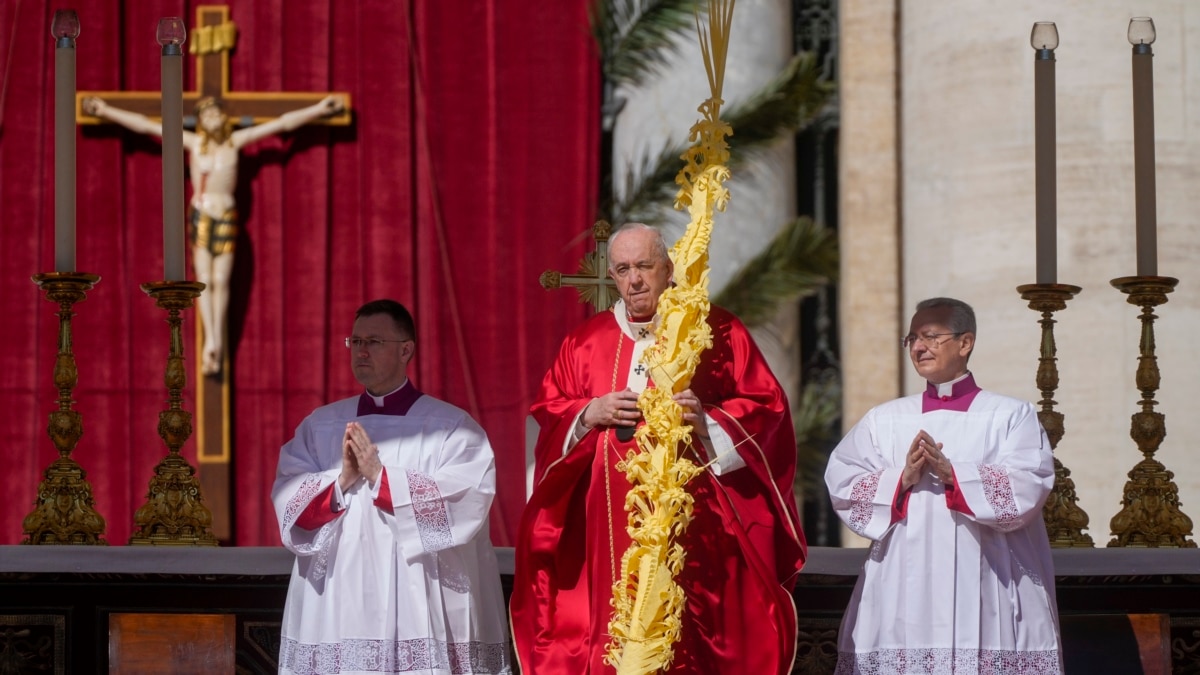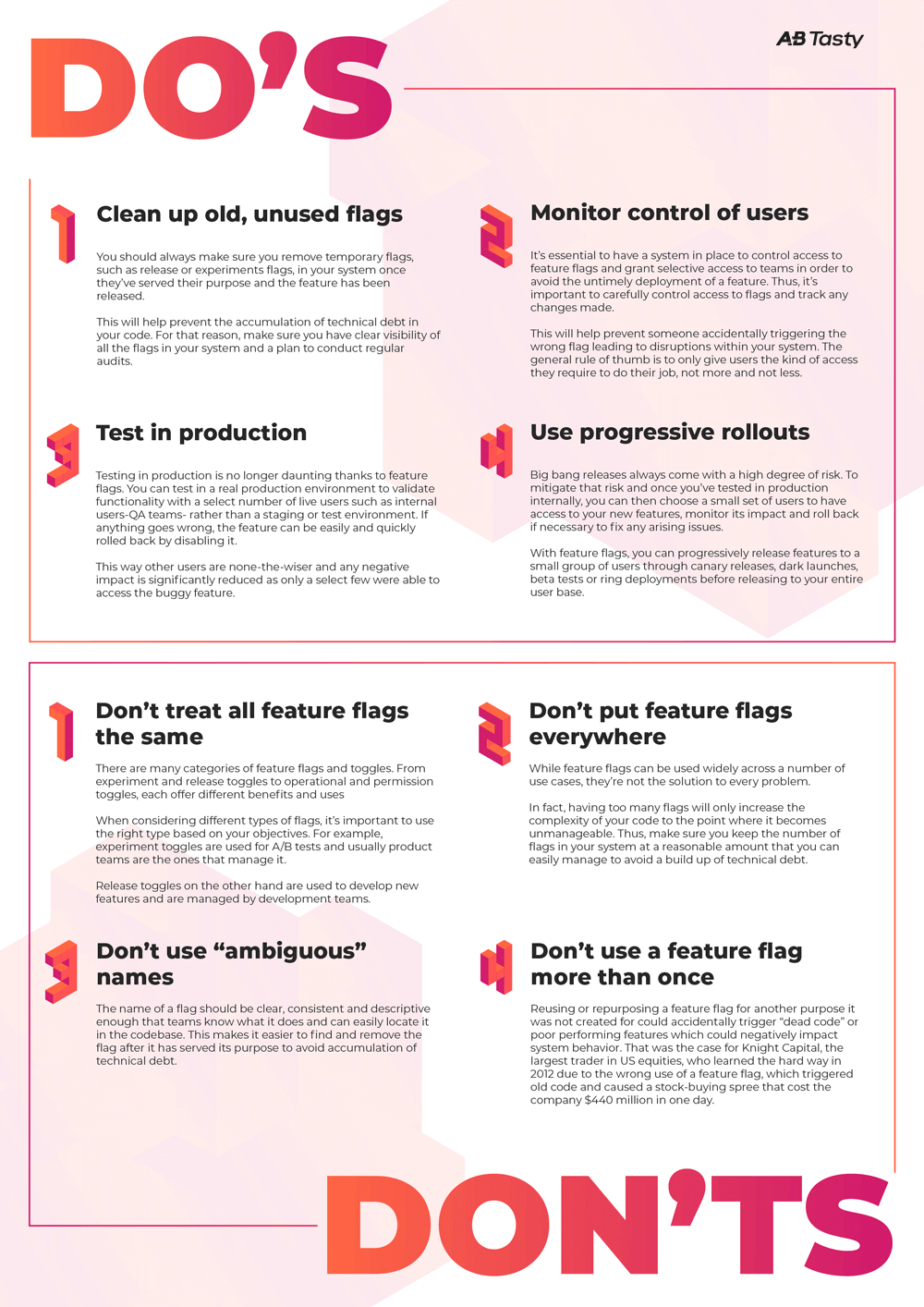US Protests Against Trump: Voices From Across The Nation

Table of Contents
Key Issues Driving Protests Against Trump
The US protests against Trump weren't monolithic; they were driven by a multitude of interconnected issues, each igniting passionate displays of opposition. These Trump policies protests encompassed a wide spectrum of concerns central to American life.
-
Healthcare: The attempts to repeal and replace the Affordable Care Act (ACA) triggered massive protests, with demonstrators fearing the loss of health coverage for millions. Rallies and town halls became battlegrounds where passionate arguments played out over access to healthcare, pre-existing conditions, and the future of the American healthcare system.
-
Immigration: Trump's hardline immigration policies, including the controversial "zero tolerance" policy leading to family separations at the border and the proposed border wall, sparked widespread outrage. Protests against these policies were some of the most visible and emotionally charged, with demonstrations occurring in major cities and smaller towns alike. The sheer volume of people demonstrating against the human cost of these policies highlighted the deep ethical concerns many Americans held.
-
Climate Change: The Trump administration's withdrawal from the Paris Agreement and its rollback of environmental regulations ignited significant protests from environmental activists and concerned citizens. Marches and rallies emphasized the urgency of addressing climate change and protecting the planet.
-
Women's Rights: Concerns over reproductive rights, equal pay, and the overall treatment of women under the Trump administration fuelled significant protests, particularly among women and their allies. The #MeToo movement also gained significant momentum during this period, further fueling protests focused on gender equality and combating sexual harassment.
-
Economic Inequality: The perception that Trump's policies disproportionately benefited the wealthy while exacerbating economic inequality for many Americans fueled demonstrations focused on fair wages, affordable housing, and access to education. These protests often intersected with other social justice movements, creating a powerful coalition of voices demanding economic fairness.
Geographic Diversity of Protests
The opposition to Trump wasn't confined to specific geographic areas; US protests against Trump erupted across the country. While coastal states like California and New York saw some of the largest and most frequent demonstrations, significant protests also occurred in the Midwest, South, and other regions often considered more conservative. This geographical diversity underlined the widespread nature of the opposition.
-
Coastal Areas: Large-scale marches and rallies frequently took place in major coastal cities like New York, Los Angeles, San Francisco, and Seattle, often drawing hundreds of thousands of participants.
-
Midwest and South: Though perhaps less frequent than in coastal areas, significant protests occurred in Midwest and Southern states as well, indicating that opposition to Trump transcended traditional political divides. These protests often highlighted issues of particular relevance to those regions, such as concerns about healthcare access or economic hardship.
-
National Protests: Numerous nationally coordinated protests were organized, demonstrating a unified opposition across geographical boundaries. These events showcased the collective power of protesters from different backgrounds united by common concerns.
The Voices and Demographics of Protesters
The faces of the US protests against Trump were as diverse as the nation itself. The Trump protest demographics were a testament to the broad-based opposition to his presidency.
-
Age: Protests attracted participants of all ages, from young students to senior citizens, highlighting a generational concern about the future of the country.
-
Ethnicity: The protests were a melting pot of diverse ethnic and racial backgrounds, reflecting the multicultural fabric of the United States and showing a united front against perceived injustices.
-
Socio-economic Backgrounds: Participants came from a wide range of socio-economic backgrounds, reflecting the broad spectrum of Americans affected by Trump’s policies.
-
Political Affiliations: While many protesters identified as Democrats, a significant number also came from independent and even Republican backgrounds, demonstrating that the opposition was not solely partisan.
Social media played a vital role in organizing, publicizing, and connecting these diverse groups, facilitating communication and coordination across vast distances.
Impact and Legacy of the Protests
Assessing the precise impact of the US protests against Trump is complex. While they didn't directly lead to Trump's impeachment or a significant policy reversal in every instance, their influence should not be underestimated.
-
Public Opinion: The sheer scale and persistence of the protests undoubtedly contributed to a sustained public conversation about the issues at hand. The protests served as a powerful expression of public discontent and contributed to shaping the national dialogue.
-
Political Discourse: The protests helped to frame certain policies as controversial and unacceptable to a significant segment of the population, influencing political discourse and debate.
-
Activism and Engagement: The protests inspired a new generation of activists and encouraged greater political participation amongst citizens, increasing civic engagement and laying the groundwork for future political action.
Conclusion
The US protests against Trump were a powerful testament to the vibrancy of American democracy and the capacity of citizens to voice their concerns. These widespread anti-Trump protests, fueled by a multitude of critical issues and drawing participants from every corner of the nation, left an undeniable mark on the political landscape. To truly understand the power of US protests against Trump, explore the history of anti-Trump protests, and learn more about the voices that shaped the resistance against Trump. Engage with the historical record and consider the ongoing importance of civic participation in shaping our political future.

Featured Posts
-
 The Robotic Manufacturing Hurdles In Nike Sneaker Production
Apr 22, 2025
The Robotic Manufacturing Hurdles In Nike Sneaker Production
Apr 22, 2025 -
 The Human Cost Of Trumps Economic Goals
Apr 22, 2025
The Human Cost Of Trumps Economic Goals
Apr 22, 2025 -
 Actors Join Writers Strike Hollywood Faces Unprecedented Production Shutdown
Apr 22, 2025
Actors Join Writers Strike Hollywood Faces Unprecedented Production Shutdown
Apr 22, 2025 -
 Russias Easter Truce Ends Renewed Fighting In Ukraine
Apr 22, 2025
Russias Easter Truce Ends Renewed Fighting In Ukraine
Apr 22, 2025 -
 5 Essential Dos And Don Ts Succeeding In The Private Credit Market
Apr 22, 2025
5 Essential Dos And Don Ts Succeeding In The Private Credit Market
Apr 22, 2025
